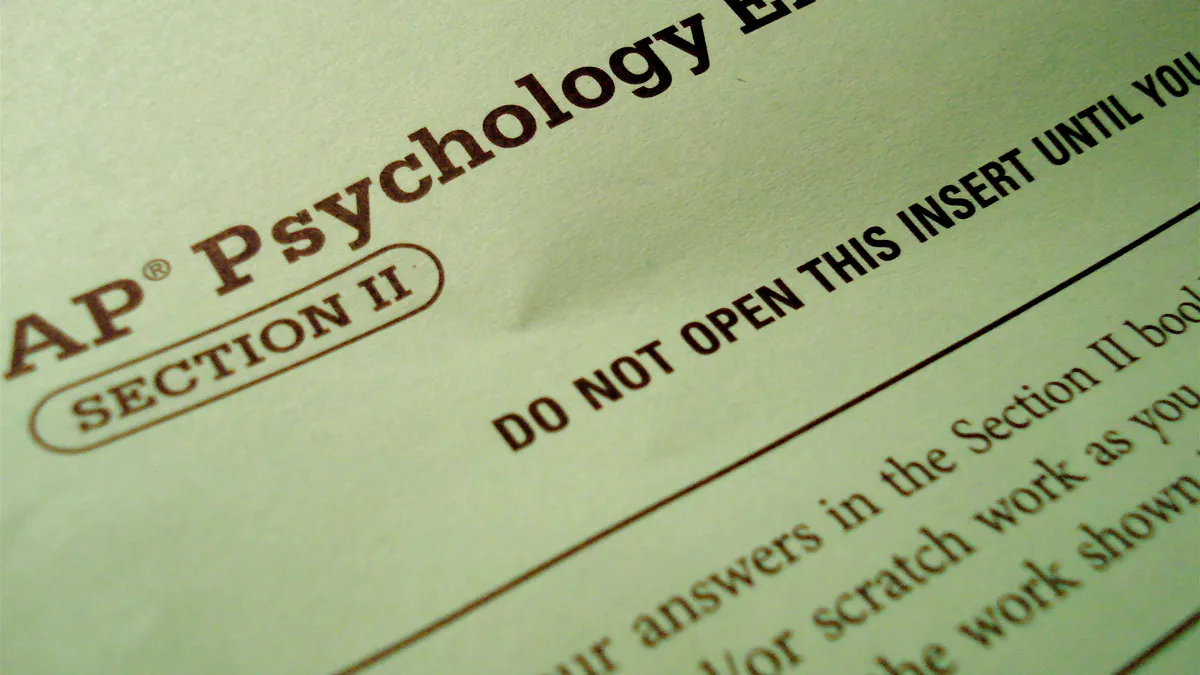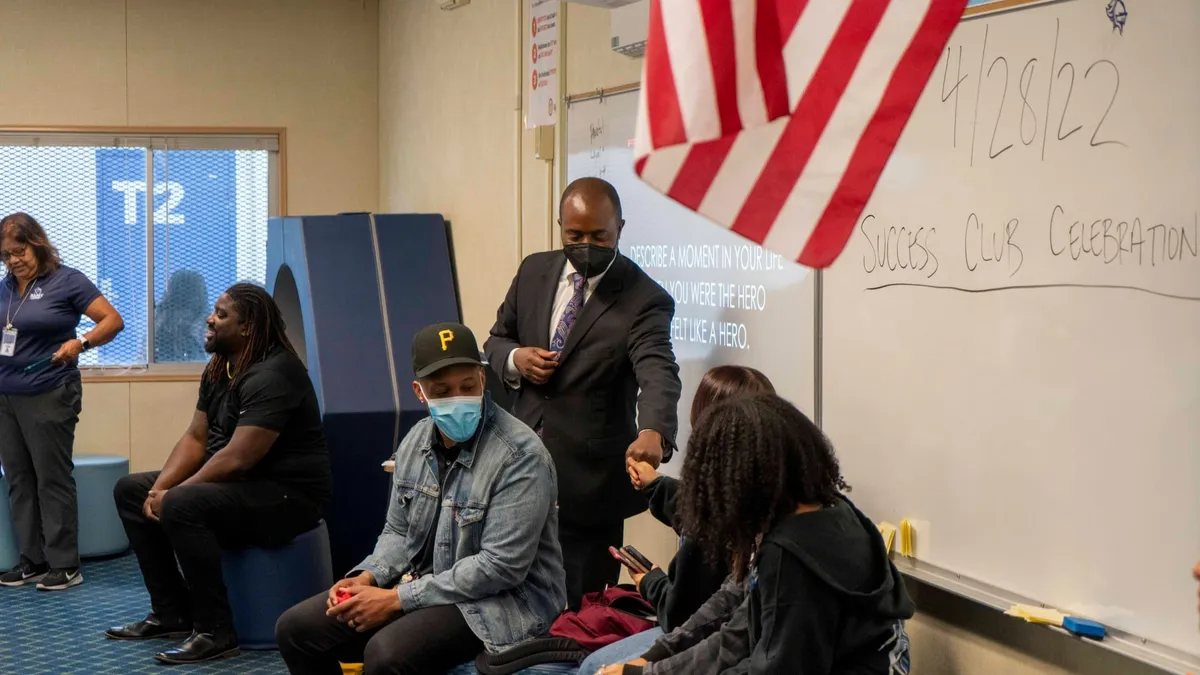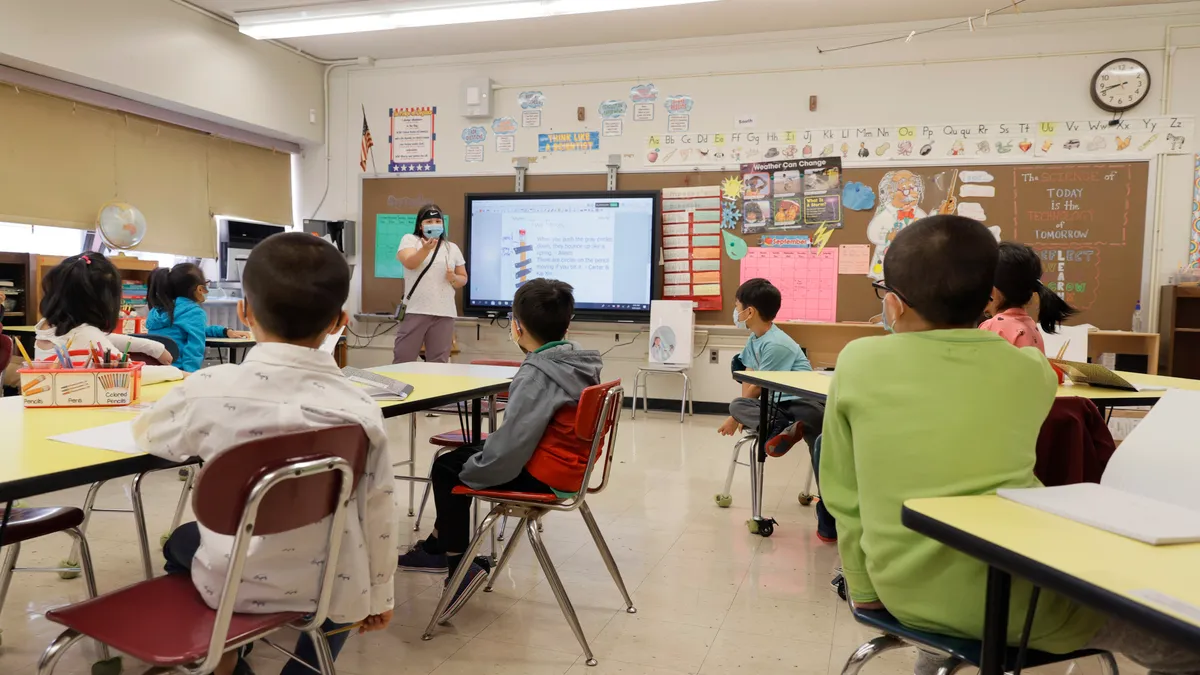Students in Newark (New Jersey) Public Schools who used the district’s centralized Newark Enrolls system to choose a charter school scored higher in math and English language arts than those who attended a traditional public school, according to a study released Wednesday.
Boston University researcher Marcus Winters’ analysis of student performance data from 2013-14 through 2017-18 also shows scores were even higher among students attending schools managed by KIPP or Uncommon Schools than among those at schools not affiliated with those charter management organizations, and among students who attended charter schools that did not participate in Newark Enrolls.
The study, released by the conservative, pro-charter Manhattan Institute — where Winters is a senior fellow — backs up the results of a similar study on so-called “no excuses” charter schools in Boston. It also expands on the use of a method for evaluating the effectiveness of charter schools Winters said addresses the issue of selection bias — the fact that families choose to attend a charter school and are, therefore, not comparable to those assigned to their neighborhood school.
Because roughly a third of the district’s 35,000 students attend charters and there is a “flip-of-the-coin component” to the system, Winters said, the district’s lottery is “as strong as a randomized trial” for estimating the effects of attending a charter compared to a traditional school. While his paper has not yet been peer reviewed, he has presented it at a few research conferences.
An ‘aggressive stance’
The charter sector in NPS received a famous boost in 2010 when Facebook founder Mark Zuckerberg donated $100 million, which was matched with other donations, to improve the city’s schools. And while opposition against charter schools has been a campaign cry from some leading Democratic presidential candidates, Sen. Cory Booker, the former Newark mayor who dropped out of the race Monday, stressed during his campaign many charters are meeting the needs of low-income students. Charter school supporters still have Michael Bloomberg, the former New York City mayor who joined the race in November, on their side.
But Winters’ study also comes as NPS Superintendent Roger León is asking the state to deny the renewal applications of four charter schools. The schools are part of the Newark Enrolls lottery, but one of them wasn’t part of the system during the years covered by Winters’ study.
“The superintendent is taking a very aggressive stance,” said Steve Zimmerman, director of the Coalition of Public Independent Charter Schools, which formed in 2018 as an alternative to the CMOs.
He added that think tanks such as the Manhattan Institute strongly prefer the network charter schools, but their premise is not in line “with the progressive pedagogical approaches that we believe truly fosters creative thinking.”
CMOs “worship at the altar of standardized test scores and it’s not been to the benefit of what we consider to be the proper goals of education,” he said.
He added his organization recognizes that in many communities, the CMOs are providing a better education than what previously existed, “but we take issue with that model being considered some kind of gold standard for charter schools.”
A ‘well-tested approach’
Nationally, only 6% of students attend charter schools. But because there is a growing number of cities where a significant slice of the public school population attends charters — such as Detroit, the District of Columbia and Kansas City, Missouri — the opportunities for researchers to do more rigorous studies comparing charters with traditional schools have increased.
The City Studies Project at Stanford University’s Center for Research on Education Outcomes now includes detailed reports on 11 cities. The researchers use a different method to compare schools, however. They collect a random sample of students in the selected city and match each student with another from across the state based on similar characteristics.
Margaret Raymond, the director of CREDO, noted the center’s model assumes “after decades of charter operation in most urban areas that parents are informed and have equal opportunity to apply.”
She added Winters’ study is a “well-constructed and well-tested approach” but true randomization suggests one would get the same results multiple times.
“These lotteries are always a one-shot deal,” she said, “so the results aren’t guaranteed to be fully distributed.”
'Can't solve every problem'
In districts with a range of school choice options, such as New York City, Denver and New Orleans, unified or centralized enrollment systems aim to give all families an equal shot at getting a seat in their preferred school. They eliminate the need for parents to apply separately to schools, which can favor savvy — and often higher-income, more-educated —parents who know how to navigate the system.
In earlier versions of these systems, parents were known to try to manipulate the results by listing their true first choice second because they assumed they wouldn’t get their first choice.
“It is challenging for applicants to accurately assess the odds of being accepted to a certain school and strategize their school rankings accordingly,” the authors of a Center for American Progress article wrote in 2018. “However, it can be especially difficult for economically disadvantaged or disconnected families who may lack the time and information to play the game.”
The method Newark Enrolls uses to match students to schools — called deferred attendance and developed by Nobel-Prize winning economists — uses an algorithm that doesn’t penalize parents for listing their true first choice. These systems also allow school leaders to better project enrollment and relieves them from having to manage the application process locally, Brookings Institution researchers Matt Kasman and Jon Valant wrote last year.
But they noted there are also still risks parents won’t fully understand how the deferred attendance system works, and that if they don’t get their first choice, some might still “apply pressure on policymakers to grant admissions priority to their children.”
In the District of Columbia Public Schools, former Chancellor Antwan Wilson resigned after admitting he personally went around the system to transfer his daughter to another high school that still had a waiting list. And before that, another former chancellor gave preferential treatment to friends and other city officials.
Kasman and Valant recommend using different types of outreach to ensure families are informed about the enrollment systems and how they work. They add it’s important that district leaders “recognize that an algorithm cannot solve every problem in student assignment.”
Still, these enrollment systems “signal to all parents that charters are perfectly acceptable,” Winters says. “A lot of parents think charters are not for them.”
He adds while there are reasons other than their effect on test scores “to support or not support charter schools,” his goal is to insert “clear evidence into these conversations.”



















